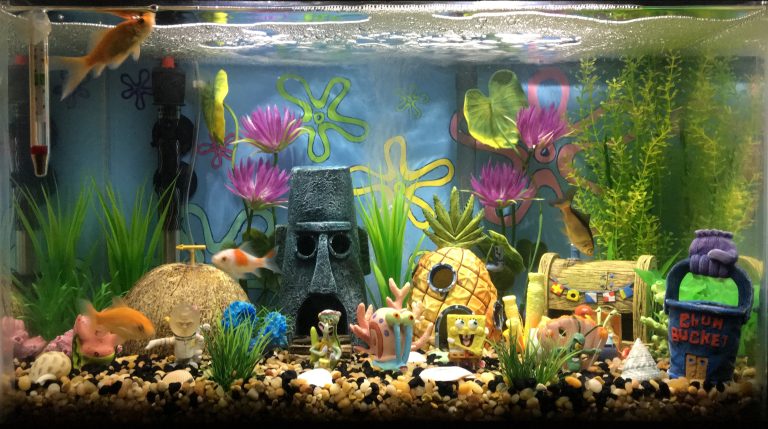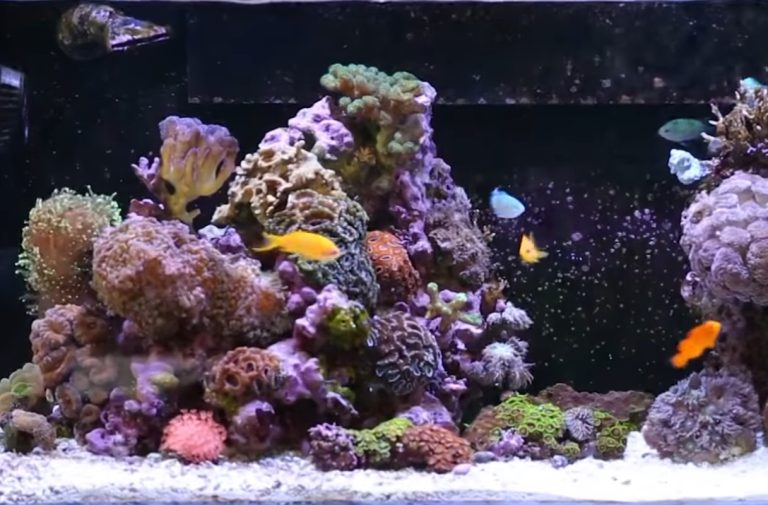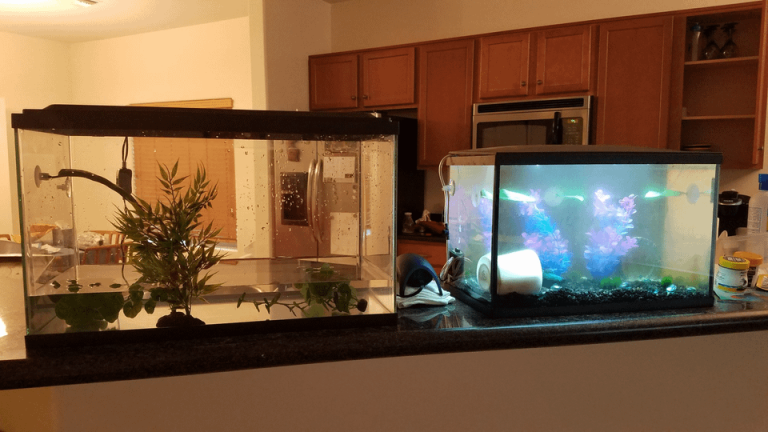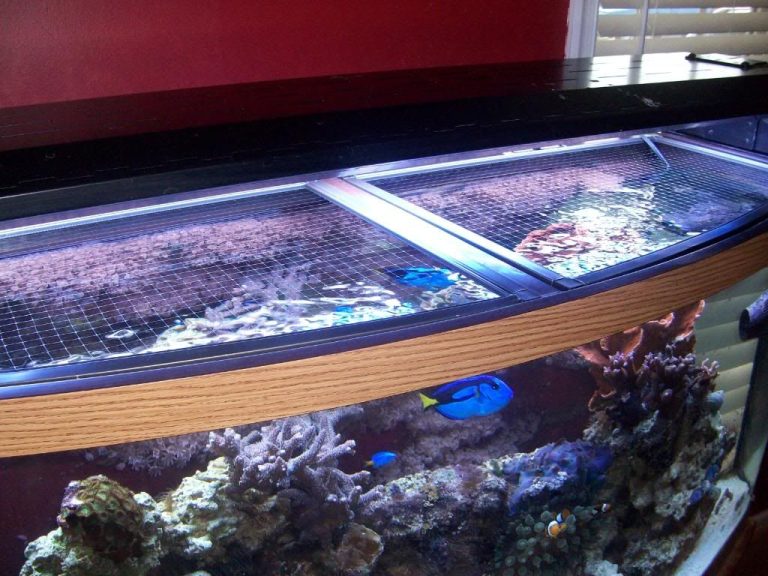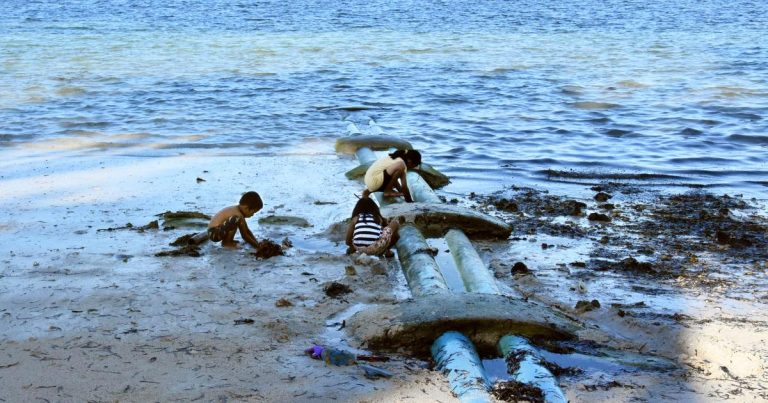Is Sand Or Gravel Better For A Fish Tank
Is Sand or Gravel Better for a Fish Tank?
Are you considering setting up a fish tank and wondering whether to use sand or gravel as the substrate? The choice between sand and gravel for your fish tank can have a significant impact on the overall health and well-being of your aquatic pets. In this article, we will explore the pros and cons of using sand and gravel, as well as considerations for different types of fish and aquarium setups. So let’s dive in and find out which is better for your fish tank – sand or gravel?
Sand as Substrate
Using sand as a substrate in your fish tank offers several advantages. Sand provides a natural look and feel, resembling the bottom of a river or ocean floor. It is especially suitable for fish that originate from sandy habitats. Here are some benefits of using sand as your aquarium substrate:
1. Natural Environment: Many bottom-dwelling fish species, such as cichlids and catfish, prefer sand substrates as they mimic their natural environment. Sand allows them to root around and forage for food more easily.
2. Cleaning Ease: Sand is relatively easy to clean, as debris tends to sit on top of it rather than falling between the cracks, as is the case with gravel. A simple siphoning or light stirring with a gravel vacuum will remove debris without disturbing the sand.
3. Plant Friendliness: For planted aquariums, sand can be advantageous. It allows the plants’ roots to anchor better, helps maintain moisture around the roots, and provides a visually appealing bed for aesthetic purposes.
4. Gentle on Fish: Sand is soft and smooth, making it gentle on delicate fish species with sensitive barbels or fins. It reduces the risk of abrasions or injuries that may occur with rougher substrates like gravel.

Gravel as Substrate:
Gravel is another popular choice for fish tank substrate. It is available in various colors and sizes, allowing you to customize the appearance of your aquarium. Here are some reasons why gravel might be a suitable option for your fish tank:
1. Affordability: Gravel tends to be more affordable compared to sand, especially if you have a large tank. This cost-effective option allows you to set up a fish tank on a budget.
2. Beneficial Bacteria: Gravel provides a larger surface area for beneficial bacteria colonization. These bacteria play a crucial role in maintaining a healthy nitrogen cycle by breaking down waste products, helping to keep ammonia and nitrite levels in check.
3. Plant Stability: For aquariums with live plants, gravel offers stability by anchoring the plants’ roots securely. It prevents delicate plants from floating to the surface or getting uprooted by active fish.
4. Ease of Maintenance: Unlike sand, gravel is less likely to get stirred up during water changes or by the activities of your fish. This makes gravel a convenient option for tank owners looking for low-maintenance substrate.
Considerations for Different Types of Fish and Aquarium Setups:
When deciding whether to use sand or gravel for your fish tank, it is crucial to consider the specific needs of your fish species and the type of aquarium setup you have. Here are a few factors to consider:
1. Fish Species: Some fish species, such as certain cichlids, loaches, or rays, are naturally adapted to sandy environments. On the other hand, fish that sift through substrate in search of food, like goldfish, may accidentally ingest sand, leading to health issues. It’s essential to research the specific substrate preferences of your fish species before making a decision.
2. Aquarium Plants: If you plan to have live plants in your tank, consider the type of plants you wish to keep. Some plants, like carpeting species, may require sand for their roots to spread and anchor properly. Others may prefer gravel for stability or nutrients.
3. Aesthetics: The overall look you want for your aquarium is an important consideration. Sand provides a more natural and soft appearance, while gravel allows for color variations and customization. Consider your personal preference and the visual impact you want to achieve.
4. Behavior and Activity Level: Take into account the behavior and activity level of your fish. If you have fish that continuously sift through the substrate or dig, sand may be a better choice to prevent injuries caused by rough gravel. However, if you have fish that are more sedentary or prefer to rest on top of rocks, gravel can be a suitable option.
- test 1
- test 2
Frequently Asked Questions
Q: How much sand or gravel do I need for my fish tank?
The amount of sand or gravel you need depends on the size of your tank and the desired thickness of the substrate. As a general rule, aim for a depth of 1-2 inches for sand and 2-3 inches for gravel. Calculate the volume needed by multiplying the length, width, and depth of the tank.
Q: Do I need to rinse the sand or gravel before putting it in the tank?
It is highly recommended to rinse both sand and gravel before adding them to your fish tank. Rinsing helps remove any dust, debris, or unwanted particles that can cloud the water. Place the substrate in a bucket, rinse it with water while agitating gently, and repeat the process until the water runs clear.
Q: Can I use sand and gravel together in my fish tank?
Yes, you can use sand and gravel together in your fish tank. Many aquarists create visually appealing setups by layering different substrates. For example, you can have a gravel base with a thinner layer of sand on top for a natural riverbed effect. Just ensure that the different substrates are adequately separated to prevent blending.
Final Thoughts
Ultimately, the decision between using sand or gravel for your fish tank comes down to personal preference, the needs of your fish species, and the type of aquarium setup you have. Sand offers a natural look, gentleness on fish, and easier maintenance, while gravel provides affordability, beneficial bacteria colonization, and plant stability. There is no one-size-fits-all answer, so consider the pros and cons mentioned in this article and choose the substrate that best suits your specific requirements. Happy fishkeeping!

